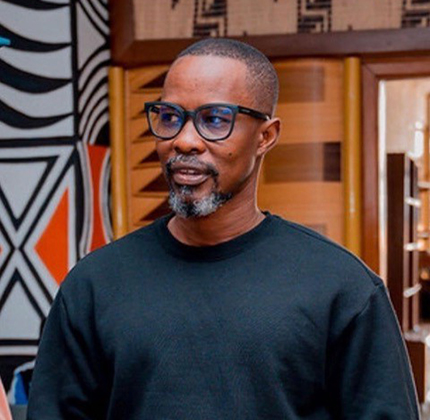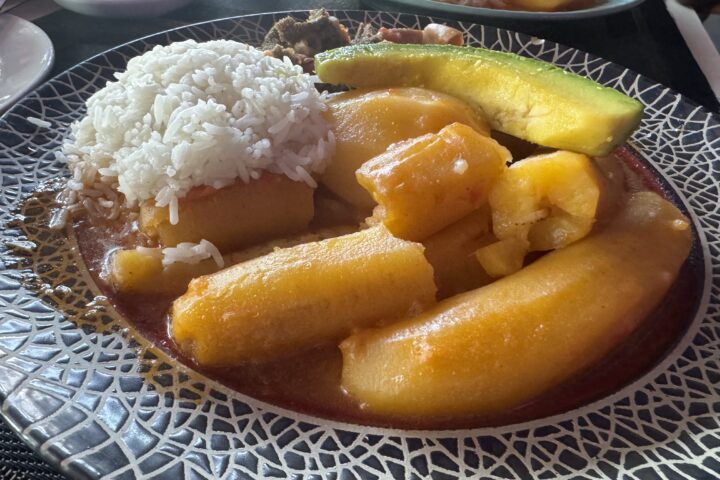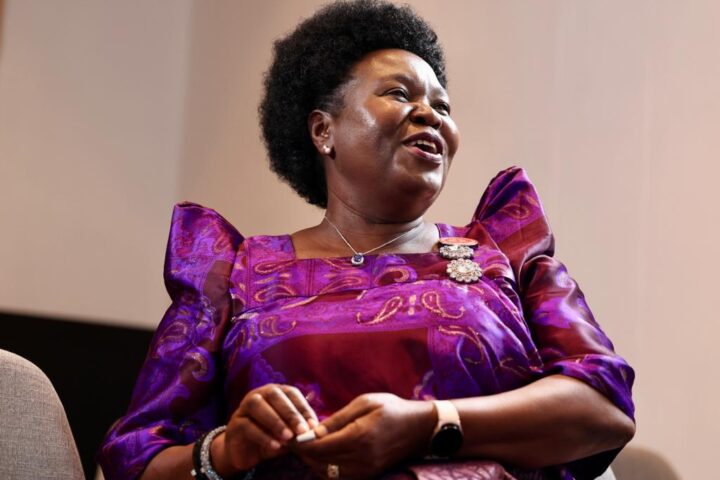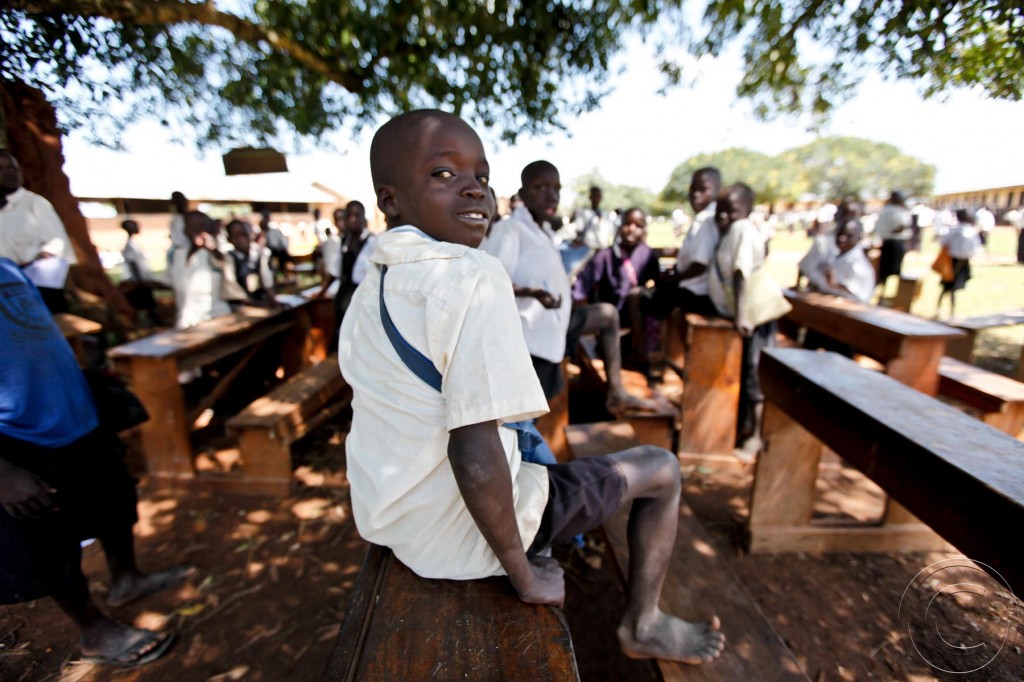As I prepared yesterday’s post on #Kony2012 I sent an email to Daniel Travis who is the Public Affairs Officer at the United States Embassy in Kampala. In my email I said that there appeared not just renewed interest in the LRA, as seen from the viral Invisible Children campaign, but also almost simultaneously reports by the United Nations of renewed LRA attacks. While I did not mention it I thought the stars were lining up for Joseph Kony’s capture. Mr Travis got back to me with the response below.
In short it’s a snapshot of the extent of the activities of the US military. While they remain LRA specific, a clearer picture on the ground of the US strategy emerges. It includes traditional partnership with the Ugandan, Congolese and CAR militaries with a focus on some civilian protection and humanitarian assistance strategies. The prize still remains Joseph Kony even if as I pointed out other rebel formations, militias and armed groups intersect in the large areas that the operation buttresses.
Clearly something is also happening on the ground. While “ there are no recent high profile defections”, he says the situation is fluid
I wanted to add that while IC advocates for responsible military action by the US since its formation, AFRICOM, has drawn mixed reactions from Africans. It has also rarely been the subject of intense policy debate even in Washington. This is partly because of the general lack of interest in Africa ( something ironically the now controversial IC is converting). However US military partnerships in Central Africa belie important issues that watching the IC video do not really broach. The group addresses some of these issues in its response to critics but clearly this is post facto. Nonetheless it’s worthwhile to consider the following.
The LRA operation areas are defined by weak state controls and a proliferation of armed groups. While the LRA may be the most notorious deserving of the poster-child status they have in IC’s media campaign they are in fact a minority. Aside from nearby organized groups including emerging factions of the Sudan People’s Liberation Army, Congolese militias, other Ugandan rebel groups like the Allied Democratic Forces and Central African bandits and rebel entrepreneurs, a major challenge is a weak Congolese military.
In fact Ugandan military sources say their operations have had to shift from DRC ( in the areas where renewed LRA activities are reported) into DRC because of challenges faced with Congolese authorities. This is a hotbed within which ejecting the LRA and capturing or killing Kony is but a beginning not an end. The US operations currently are too narrowly constructed with LRA as a main prize.
Secondly US policy in this area dates back to the containing the fallout following the Congo wars. A security clearing mechanism (meeting of security leaders) known as the Tripartite was set up to bring together Uganda, Congo and Rwanda. It became Tripartite Plus to include Burundi. The success of joint cooperation has always been the pivot of sustainable peace and security policy here.
I spent some 3 months in Washington DC myself in the fall of 2007 ( I had little confidence in the peace LRA peace process succeeding) trying to promote a more cogent regional approach as the core of any response to the LRA and other groups. Laid over the terrain of political history, violence, and democratic challenges in the region, US military operations can only aspire to strengthen the architecture of cooperation. Its complex but it is a necessary experiment. Perhaps one of the side effects of the present wave of interest is that it properly contextualizes US military operations here.
Lastly but not least the geography of the area (Uganda’s border with the DRC) has large deposits of oil. Uganda and DRC first signed a joint cooperating agreement in 1993 for oil development. That was before the 1994 genocide and the consequent invasion of the Congo by Rwanda and Uganda. Since then Uganda has moved ahead with its own program announcing major finds in 2006/7 just as the LRA firmed up in Garamba.
In 2008 there were clashes over oil rights between the Ugandan and Congolese militaries that was eventually sorted with a summit late that year with US mediation. I remember that the main issue was basically concern over oil. In any event the stakes for Uganda and for Congo itself has been raised as Kampala seeks security and comfort for a long-term petroleum program which includes a refinery in the border areas.
The hunt for the LRA is therefore only a small piece of the re-militarisation of the response of Uganda and its partners not just to civilian security but to disencumber the national petroleum program of current or future threats. This observation also begs the discussion of the policy choices for Uganda and its partners. Military solutions have a short leash. Political ones require more attention and opportunities do exist which some of us are willing to discuss. Perhaps I can return to this another day.
Finally having spent a year as a Knight Fellow at Stanford University- where the issue of “Liberation Technology” is mainstream, am also keen to see how the 26 million views of the IC say about the twitter and facebook revolution. The IC’s massive success at drawing attention does mimic the role of technology in the Arab Spring, a totally different pot of tea. My colleague Jigar Mehta, a documentary maker of the less famous 18daysinEgypt about Tahrir Square may have a view on the role of the documentary and social media.
IC has thrown the spanner in a conflict hotzone and it remains to see which direction this “revolution” will take.
……………………………………………………………
Below is my email exchange with Daniel Travis of the US embassy in Kampala (remember he is a diplomat)
Izama: Is the US deployment meeting with operational success? The terms of the deployment are LRA specific but other groups may be contributing to the instability. Is LRA still the sole focus of the operation.
Travis: The United States continues to pursue a comprehensive, multi-faceted strategy to help the governments and people of central Africa in their efforts to end the threat posed by the LRA and reduce the human consequences of the LRA’s atrocities. The LRA remains the focus of the operations, in accordance with U.S. law.
Izama: Have additional US personnel joined the effort? Has there been a scale-up to more than just a military operation to include aspects of humanitarian assistance?
Travis: As one part of that strategy, the United States has sent a small number of U.S. forces to act as advisors to the national militaries in the region that are pursuing the LRA and working to protect local populations. The number of forces remains consistent.
Small teams of U.S. military advisors are now working with the Ugandan military and national military forces in field locations in the LRA-affected areas. In these locations, the U.S. military advisors are building their relationships with military officials and local authorities, assessing the operating environment and challenges, increasing information-sharing, and determining how they can best help regional militaries accomplish their mission. In the Democratic Republic of the Congo, U.S. personnel are working with the Congolese military and the UN peacekeeping force, MONUSCO, at the Joint Intelligence and Operations Center (JIOC) in Dungu and helping them to plan their operations to counter the LRA. We are discussing with DRC officials how our advisors might provide increased support for these efforts.
As part of our overall strategy, we continue to place a strong emphasis on civilian protection. In the DRC, the United States is funding community-based protection programs that incorporate high frequency radios and cell phone towers to help communities better protect themselves from the LRA threat. In CAR, the United States is funding a new project to establish a community radio correspondents’ network, which will increase the availability of accurate information on the LRA for local communities. The United States is coordinating our efforts closely with the UN missions in the region, and we are working with the African Union as it increases its efforts. We welcome the AU’s commitment to strengthen regional cooperation in the fight against the LRA.
Izama: Have there been any high level defections from Kony’s known command talent? How is LRA able to operate with reportedly reduced resources or is there assistance to the rebel group from other sources?
Travis: While there are no recent high-ranking LRA defections to report, in the last several months, we have seen scores of people who have defected, escapes, or been released from the LRA’s ranks. This is a significant development. With our encouragement, the UN is undertaking enhanced efforts to ensure that these people are taken care of and given the necessary support for repatriation and reintegration. We continue to encourage those remaining members of the LRA to return home and take advantage of this support. The Embassy has no evidence of systematic or willing assistance from any group to the LRA at this time.










